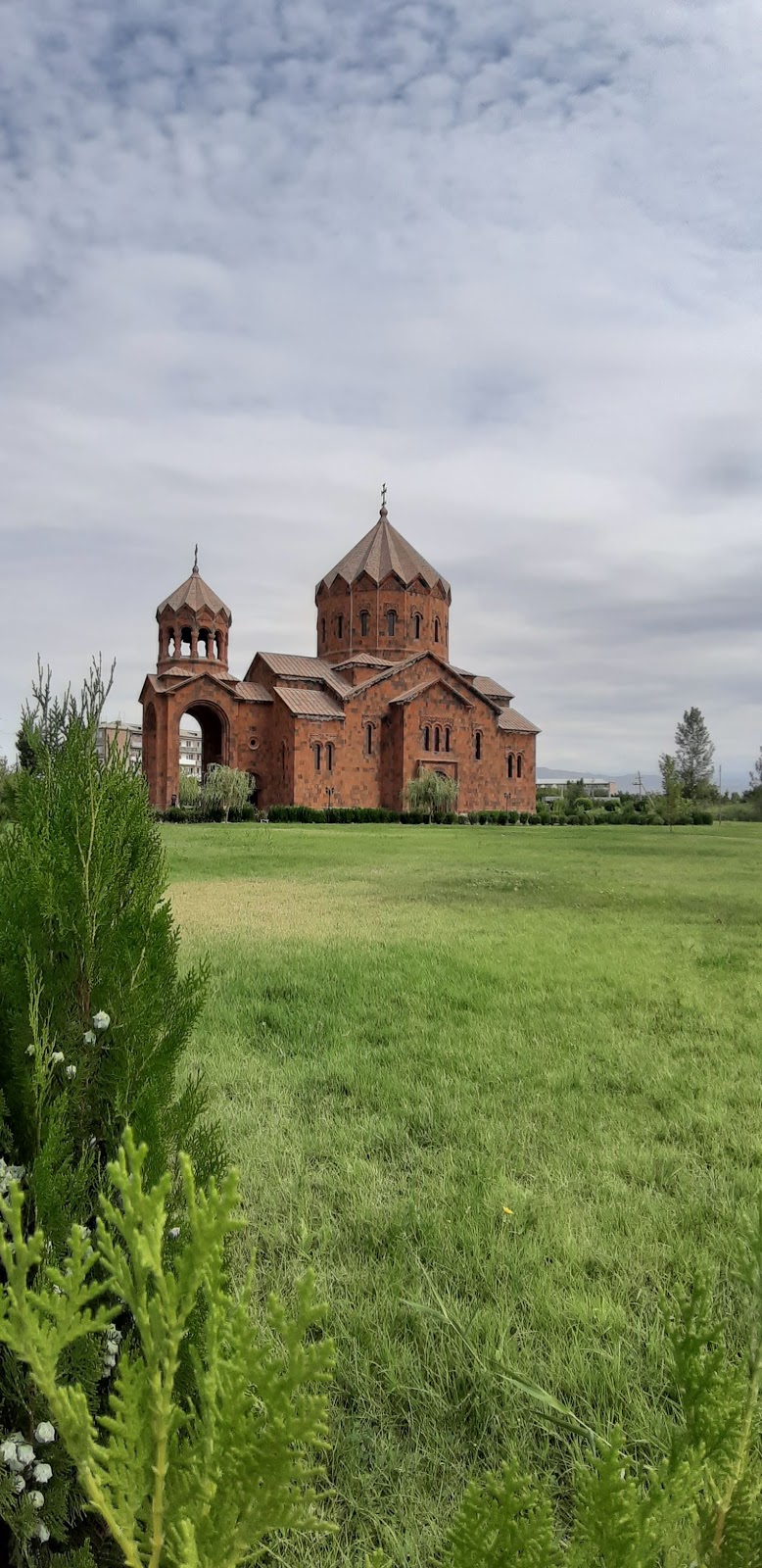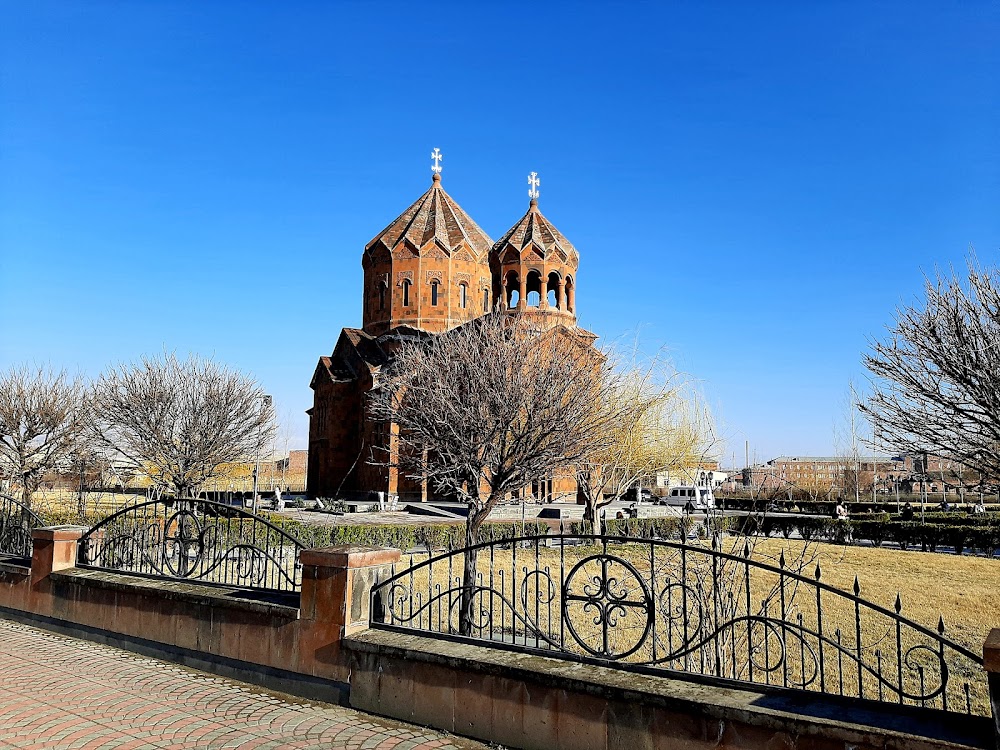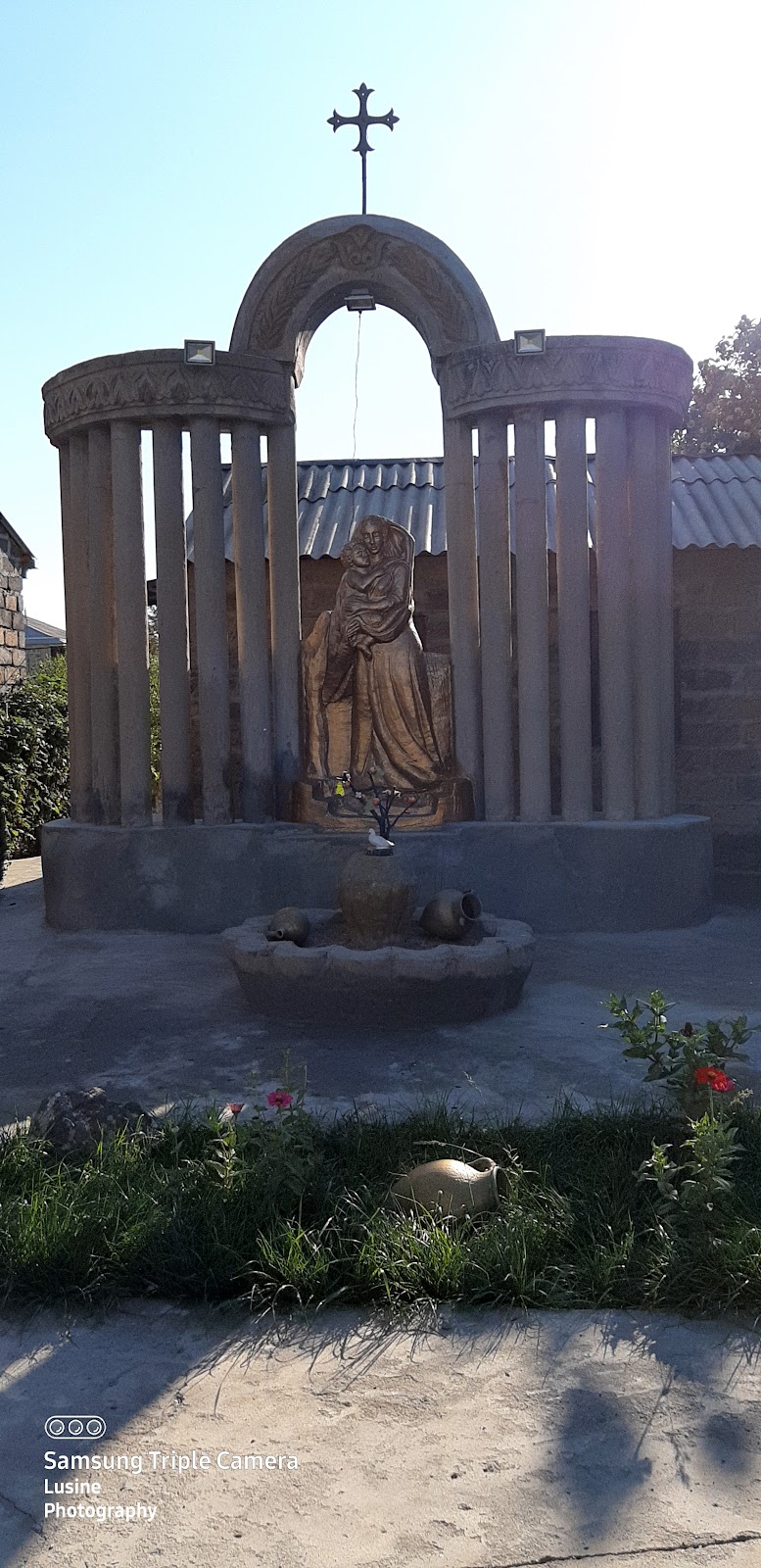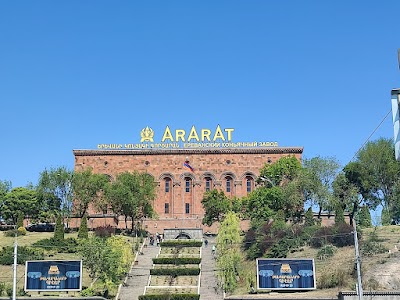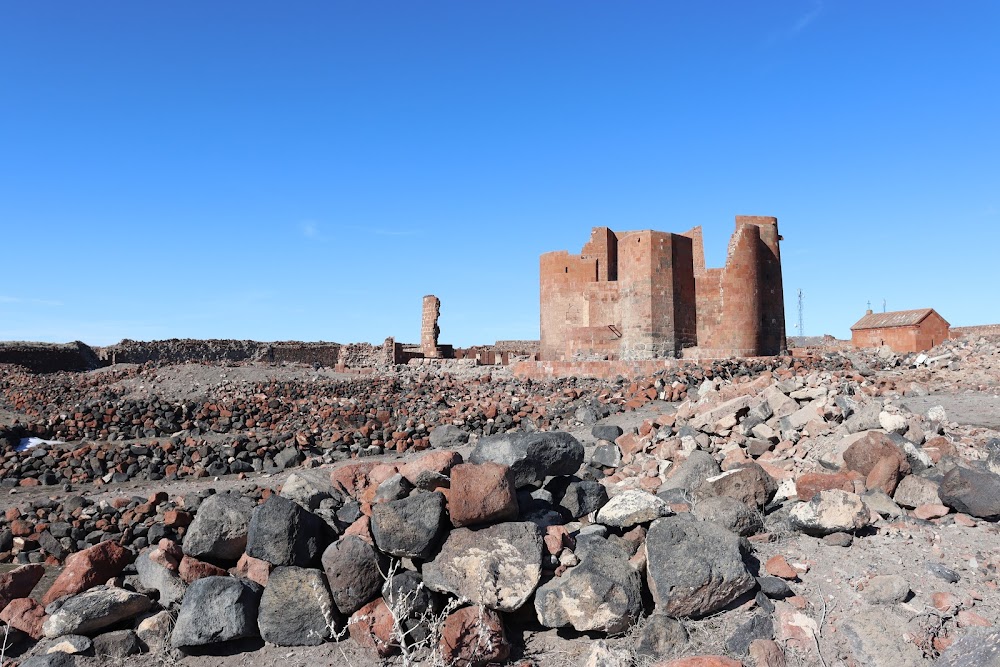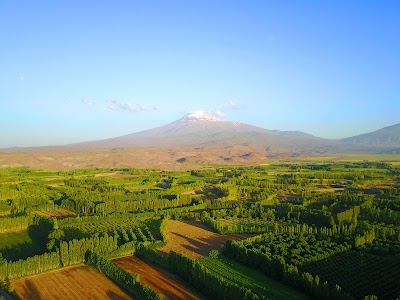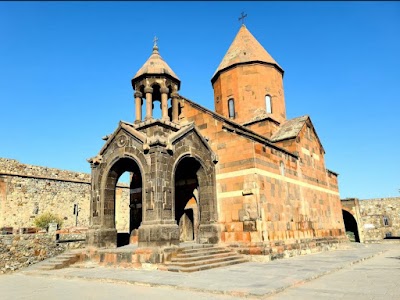Artashat (Արտաշատ)
Overview
Artashat is a historic city located in the Ararat Province of Armenia, with a rich legacy that dates back to 176 B.C. Founded by King Artaxias I, the visionary behind the Artaxiad Dynasty, Artashat was one of the twelve capitals of ancient Armenia. The city's name, which translates to "joy of Arta," invokes the sun god revered in the Armenian kingdom, imbuing the city with a mystical significance from the very start.
The strategic location of Artashat was pivotal to its establishment and growth. Nestled at the confluence of the Araxes River and its tributary, the Metsamor River, the city enjoyed fertile lands and abundant water resources. Intriguingly, King Artaxias I sought counsel from the renowned Carthaginian general Hannibal, who was seeking refuge in Armenia at that time. Hannibal is believed to have lent his expertise to the planning of Artashat's infrastructure, drawing from his extensive experience in the Western world.
Artashat's construction showcases advanced urban planning and architectural styles characteristic of its era. The city was designed in a grid pattern, which facilitated both administrative control and defense. Impressive walls and strategically located gates fortified the city against potential invaders. At its heart stood a large citadel, serving not only as the king's residence but also as the administrative center of this thriving metropolis.
Beyond its political significance, Artashat blossomed as a commercial and cultural center. Its prime location positioned it as a vital trade hub along the Silk Road, bridging the East and West. Merchants from diverse regions, including Persia, Syria, and even far-off Rome, flocked to its bustling markets. This influx of cultures influenced Artashat's architecture, resulting in a unique urban landscape that melded various styles and designs.
The religious and cultural life of Artashat was vibrant and dynamic, marked by numerous temples dedicated to Armenian deities, as well as the later establishment of Christian churches. Following the adoption of Christianity as Armenia's state religion in 301 A.D., many pagan temples were transformed into Christian places of worship. This transition significantly shaped the city’s architectural and cultural identity.
Artashat's decline began towards the end of the 4th century, primarily due to repeated invasions and the emergence of other important Armenian cities like Dvin. Although its prominence diminished, the city’s rich history continued to inspire future generations. Archaeological excavations at the Artashat site have unearthed remnants that reveal much about the grandeur of this ancient city, including the discovery of a theater, marketplaces, and residential areas, which offer a fascinating glimpse into the daily lives and architectural sophistication of its inhabitants.
Today, Artashat stands as a testament to Armenia's historical legacy. While modern Artashat may not match the grandeur of its ancient predecessor, it continues to thrive as the administrative center of the Ararat Province. The city proudly preserves its historical significance while blending it seamlessly with contemporary life. Visitors to Artashat can explore the archaeological site, which provides a remarkable window into the past and the enduring spirit of Armenian civilization.
Surrounded by stunning landscapes, Artashat is also known for its agricultural productivity, with sprawling vineyards and orchards enriching the area. This harmonious blend of rich history and vibrant present makes Artashat a unique destination that embodies the resilience and cultural heritage of Armenia, inviting travelers to step back in time while enjoying the beauty of the present.


